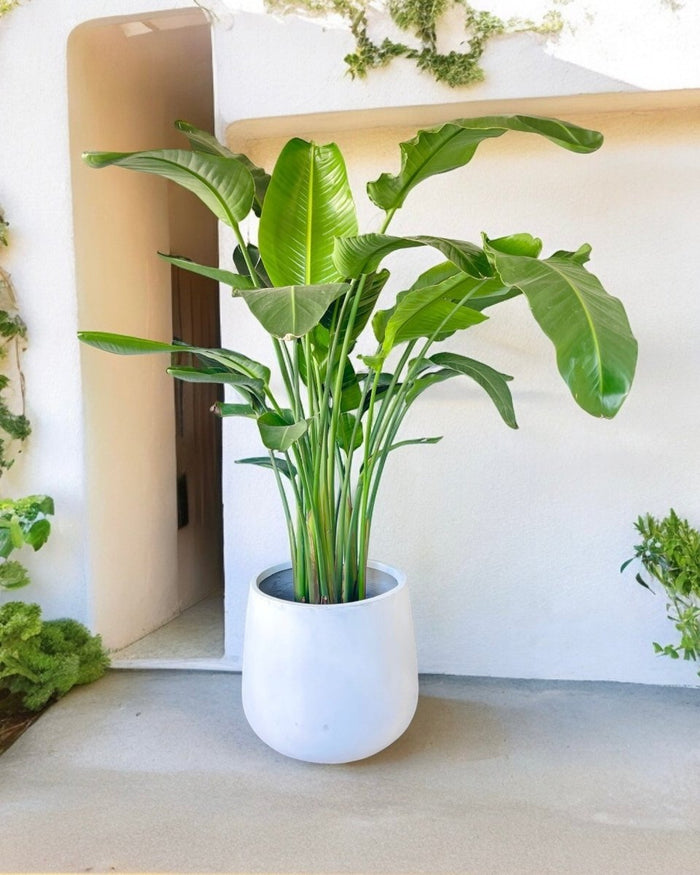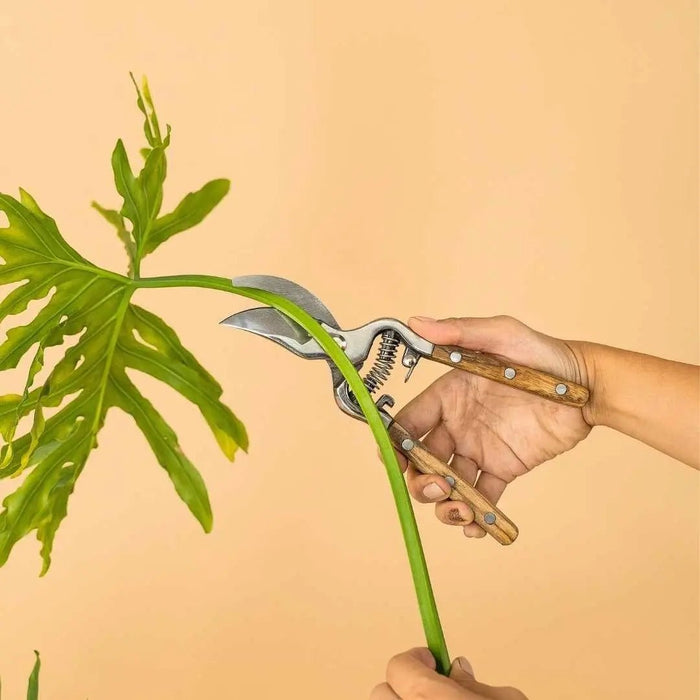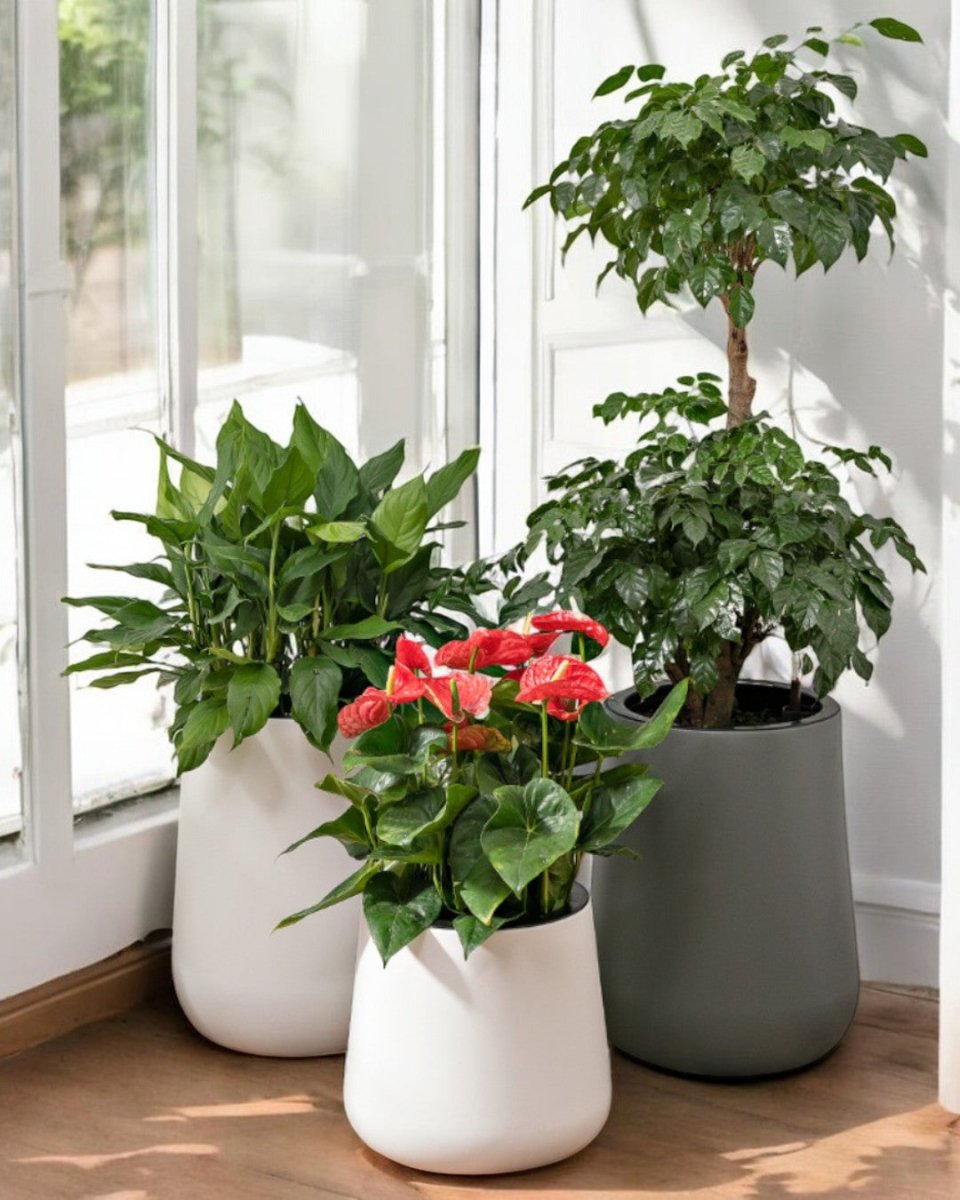General Care Guide for Herb Plants
Most herbs prefer full sun for at least 6 hours a day, although some, like mint, can tolerate partial shade. They thrive in temperatures between 60-75°F (15-24°C), making them ideal for both indoor and outdoor growing.
Herbs need consistent moisture but should not be overwatered; allow the soil to dry slightly between waterings. Most herbs tolerate average humidity levels, and misting is not typically necessary unless the air is particularly dry.
Use well-draining soil, such as a sandy or loamy mix, to avoid waterlogged roots. Herbs may need repotting every 1-2 years, especially if they become root-bound or outgrow their containers.
Herbs can be easily propagated through cuttings, seeds, or division. Stem cuttings, placed in water or soil, are a simple way to propagate many herbs like basil, mint, and rosemary.
Herbs do not require heavy feeding; a light application of a balanced, all-purpose fertilizer every 6-8 weeks during the growing season is usually sufficient.
Most culinary herbs are safe for humans and pets, but some ornamental varieties, like certain types of mint or rue, can be toxic if ingested.
Herbs may develop yellowing leaves from overwatering or nutrient deficiencies. Pests like aphids, whiteflies, or spider mites can also become a problem, so regular inspection and treatment with natural insecticides or soap sprays is recommended.











































































